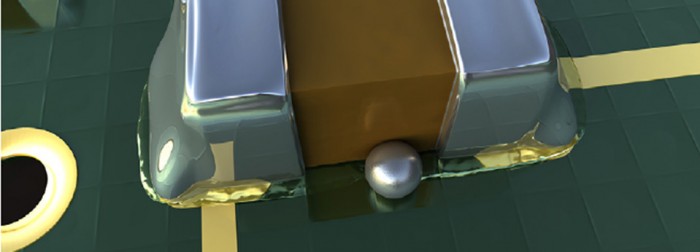Folks,
When I started this blog, my intent was that it be "friendly." However, being a person who is concerned with math literacy, I feel obliged to point out what I believe are math mistakes, in media articles where the writer should know better or the editor should check the work.
Some time ago I pointed out an error in Discover Magazine and even one from Marilyn Vos Savant, who is claimed to have the world's highest IQ.
Well, this time Discover seems to have an error that is "not even wrong." This is a moniker given by Wolfgang Pauli to something that is worse than wrong.
So on to the error. On page 12 of Discover's November 2007 issue, under the title "Fuzzy Math," author Dickinson talks about how long one could expect to live if all disease and aging were eliminated. He argues that one would still be subject to accidents and since the chance is 1/1743 (0.0005737 or 0.05737%) of dying in accidents each year, that on average one would live to 1743 years old.
Many people would assume that if 0.05737% of these immortal folks would die each year in accidents, that in two years 2 × 0.05737% = 0.11475% would be dead, and 0.1721% in three years etc. For the average age, one would need to calculate in how many years 50% be dead: X years x 0.05737% = 0.50 => X years = 871.5. While this approach is quite accurate for a few years, the answer is wrong when calculated out to 871.5 years. It is also one half of Dickinson's answer. Dickinson's answer is "not even wrong." It appears he just inverted the 1/1743.
How do we know the 871.5 year answer is wrong? Well, we could ask the question, "What percent of people will be dead in 2000 years and we find that the approach above would say 2000 × 0.05737 = 114.74%!
The correct approach is to first ask: "What fraction of people will survive each year? Answer: 1-0.0005737 = 0.9994263. In two years 0.9994263^2 =0.998853 survive, etc. To find the average (actually the median) life we need to solve for X: 0.9994236^X = 0.5. By taking the logarithm of both sides, we find X is 1207.86 years.
The graph above shows that fraction surviving as a function of age. Note that even at 3000 years, almost 20% survive.
Cheers,
Dr. Ron


